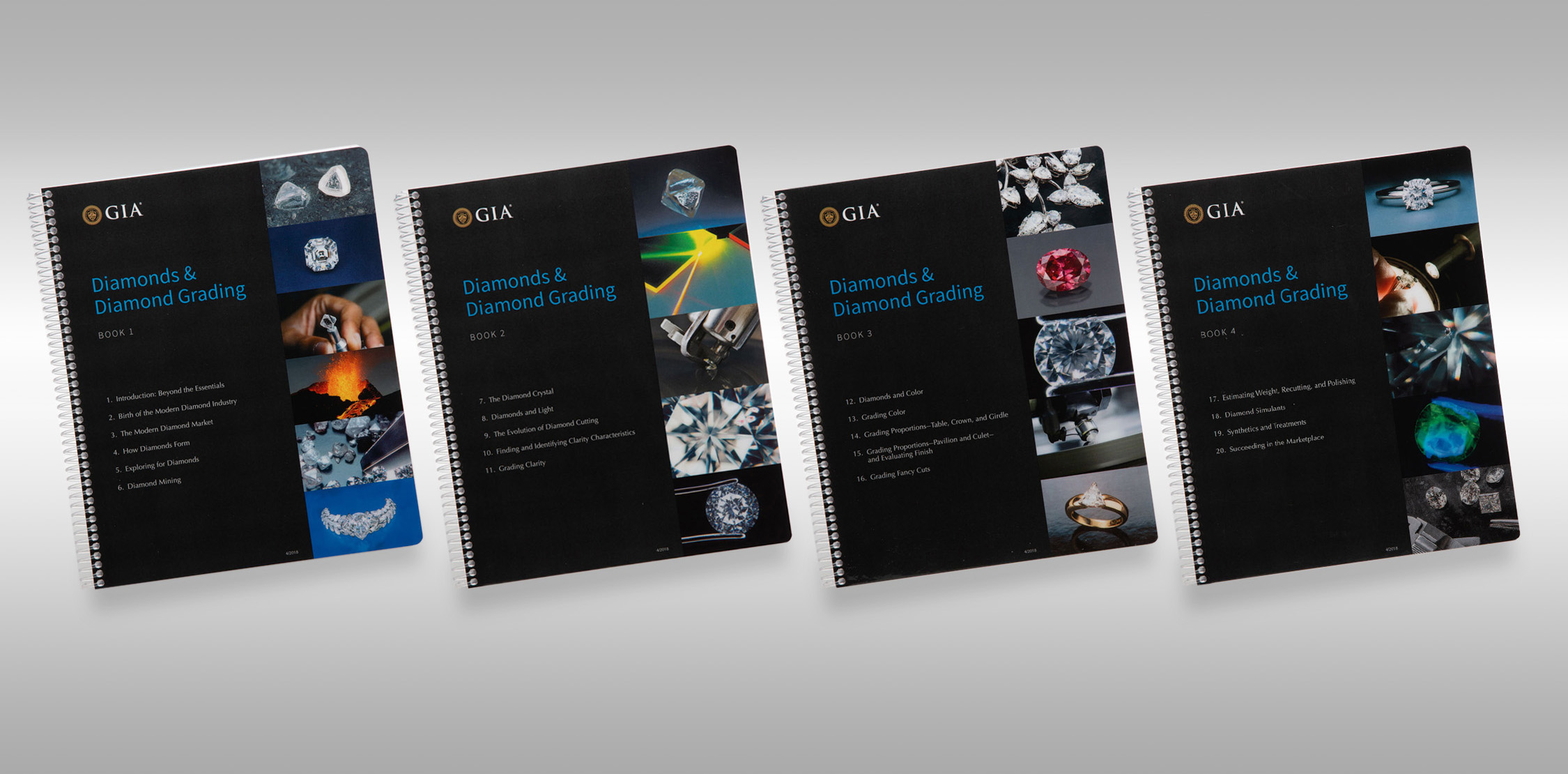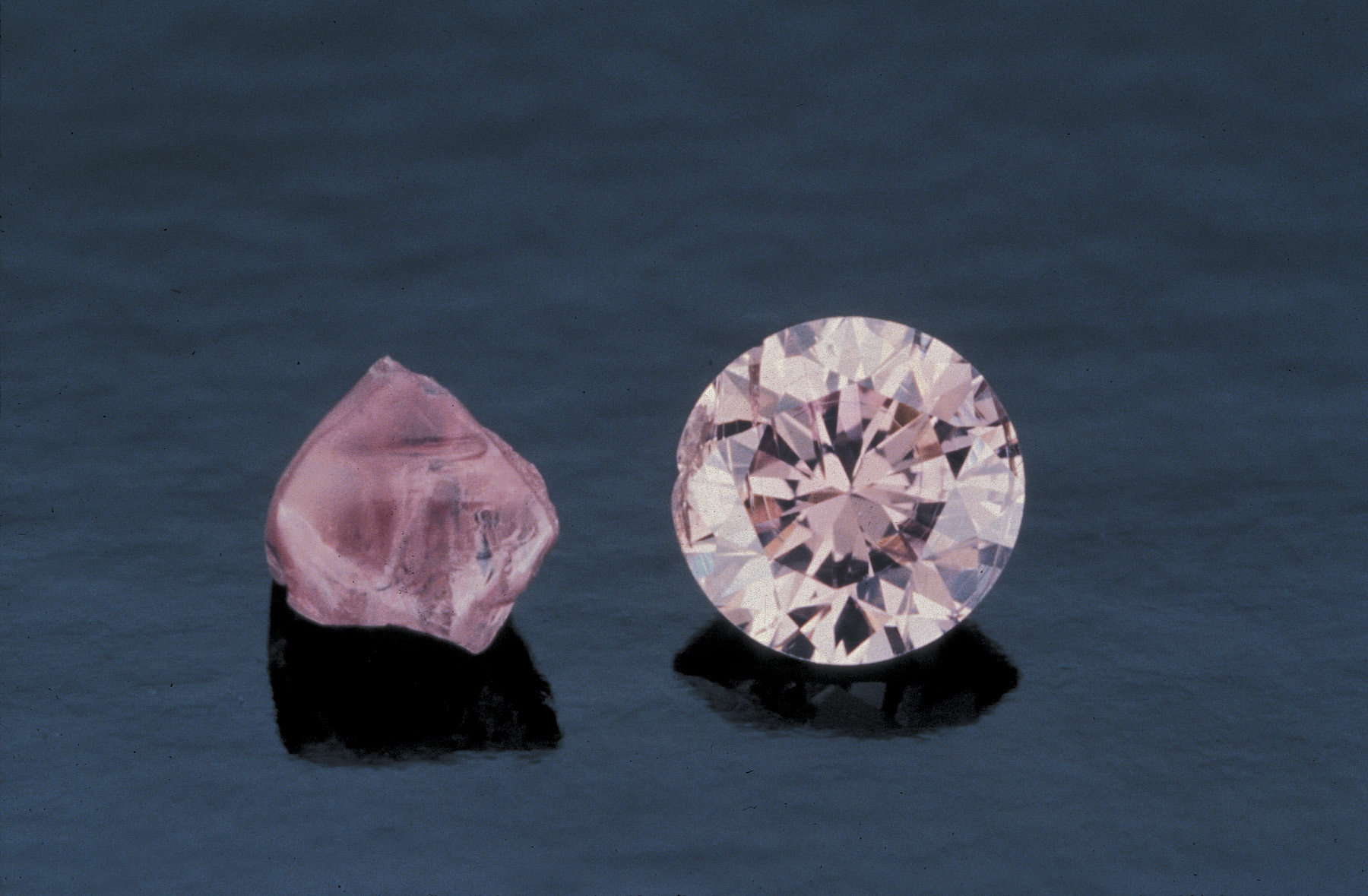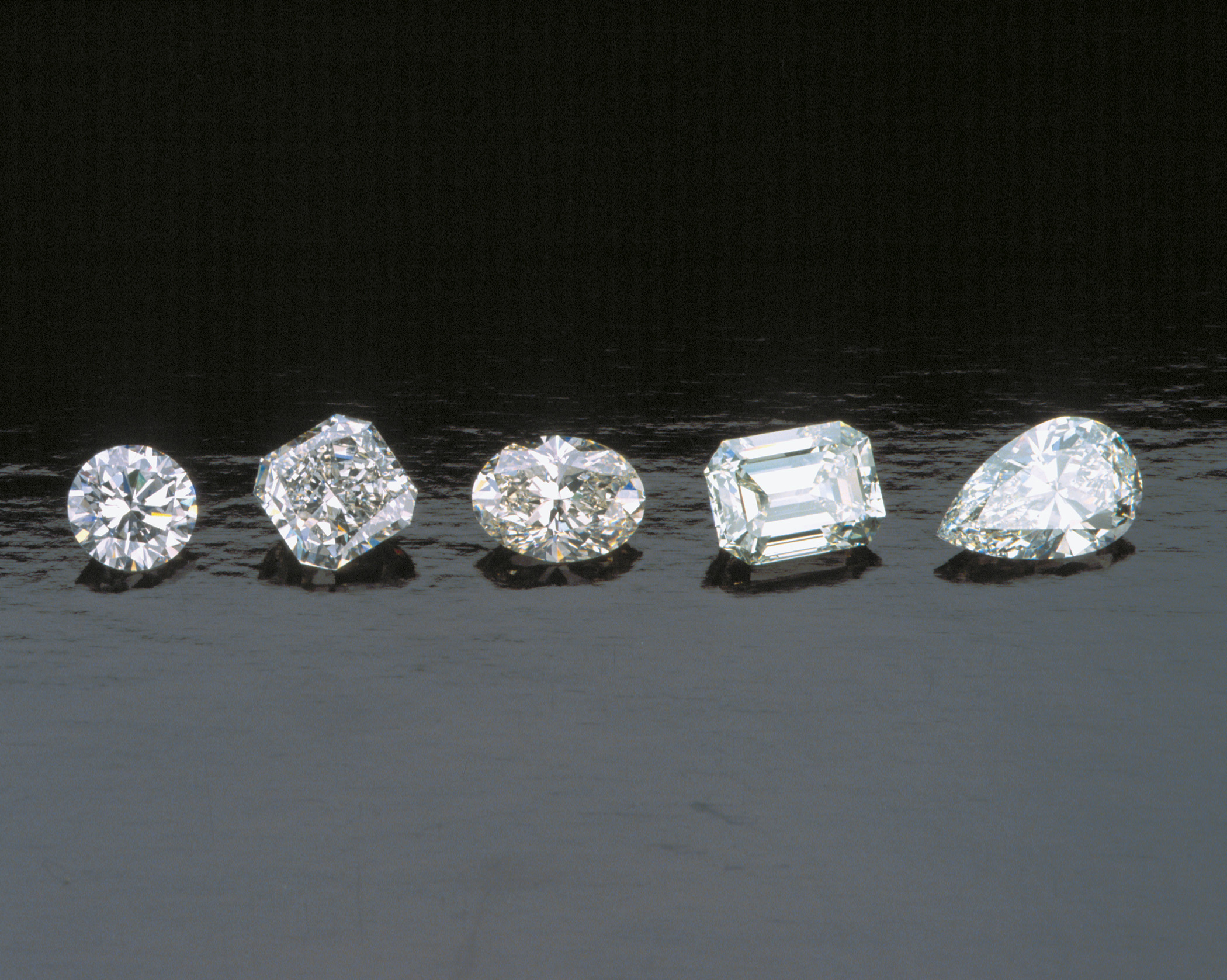- What do the assignments in this course cover?
- How can you get the most benefit from this course?
The information in this course is divided into sections. Assignments 2 and 3 contrast the diamond industry’s birth with the tumultuous changes of the last several years. Assignments 4, 5, and 6 take you through the story of diamond formation, prospecting, and mining. Assignments 7 and 8 explore the unique physical and optical properties that make diamond an unparalleled gem, while Assignment 9 documents the evolution of diamond cutting.
Assignments 10 through 16 take you through the quality factors—clarity, color, and cut—that allow you to assess the quality of a finished diamond. Assignment 17 introduces you to weight estimation for mounted diamonds, and discusses repairing and recutting diamonds.
Assignments 18 and 19 introduce you to the newest diamond simulants and treatments, including techniques that use high pressure and temperature to improve diamond color. Assignment 20 will help you apply what you’ve learned to practical trade situations.
Here’s what’s ahead in more detail by assignment:
Assignment 2—Birth of the Modern Diamond Industry: You’ll learn how the diamond market—and De Beers—operated through its first hundred years or so. You’ll learn about the birth of the organization that still dominates the diamond business today.
Assignment 3—The Modern Diamond Market: This assignment explains how the diamond market changed, with powerful new players entering the diamond mining and trading arena, and how De Beers modified its operation to compete.
Assignment 4—How Diamonds Form: This is a look at formation and how it’s directly related to diamond’s unique properties.
Assignment 5—Exploring for Diamonds: This assignment shows that, with diamond demand greater than ever before, mining companies are using much more sophisticated methods to locate diamond deposits.
Assignment 6—Diamond Mining: This assignment shows you what it takes to get a diamond mine operating. It also explains why very few companies can do it.
Assignment 7—The Diamond Crystal: This assignment expands on the formation assignment. It explains how the properties of a diamond crystal affect the way it’s fashioned, and provides insight into how rough diamond crystals are valued.
Assignment 8—Diamonds and Light: After an introduction to basic light science, you’ll see how GIA researchers are changing the way the trade views diamonds and diamond beauty.
Assignment 9—The Evolution of Diamond Cutting: You’ll get a survey of diamond cutting, from early cutting styles to today’s technologically advanced manufacturing techniques.
Assignment 10—Finding and Identifying Clarity Characteristics: You’ll see how diamond graders identify the various types of diamond clarity characteristics and determine which ones have the most impact on beauty, durability, and value.
Assignment 11—Grading Clarity: You’ll learn how graders assess the impact of clarity characteristics on diamond value and assign a GIA clarity grade.
Assignment 12—Diamonds and Color: This assignment explains how color happens in diamonds. You’ll learn which colors are the most valuable.
Assignment 13—Grading Color: You’ll learn about the color-grading process for diamonds in the normal and fancy-color ranges.
Assignment 14—Grading Proportions—Table, Crown, and Girdle: This assignment shows how diamond dealers and graders assess the proportions of a diamond’s crown and calculate table size, crown angle, and girdle thickness.
Assignment 15—Grading Proportions—Pavilion and Culet—and Evaluating Finish: You’ll learn how to assess the diamond’s pavilion, culet size, and finish, and how to estimate its cut grade.
Assignment 16—Grading Fancy Cuts: Fancy cuts are a major part of the diamond market. You’ll see how to assess fancy-cut diamonds for quality of cut, color, and clarity, and how they’re judged differently from round brilliants.
Assignment 17—Estimating Weight, Recutting, and Repolishing: Here, you’ll learn how to estimate the weight of mounted diamonds and see how cutters repair damaged stones.
Assignment 18—Diamond Simulants: This assignment introduces you to the most common and the most effective diamond simulants.
Assignment 19—Laboratory-Grown Diamonds and Treatments: You’ll learn how treatments can reduce color or introduce color into diamonds as well as how lab-grown diamonds are made and how they differ from natural diamonds. You’ll also learn about the most current ways to detect treatments and lab-grown diamonds.
Assignment 20—Succeeding in the Marketplace: This assignment discusses how to employ the skills and techniques you’ve gained throughout the course. You’ll learn how to read a diamond price list and how to apply some common techniques to assess diamonds in finished jewelry, matched sets, or loose in parcels.
As you work your way through the course, you’ll find that your retention increases as your study habits become consistent. Underline or highlight italicized words in the text and keep a dictionary handy—all of the gemological terms are explained in the course, but occasionally you might come across words that are unclear to you.









